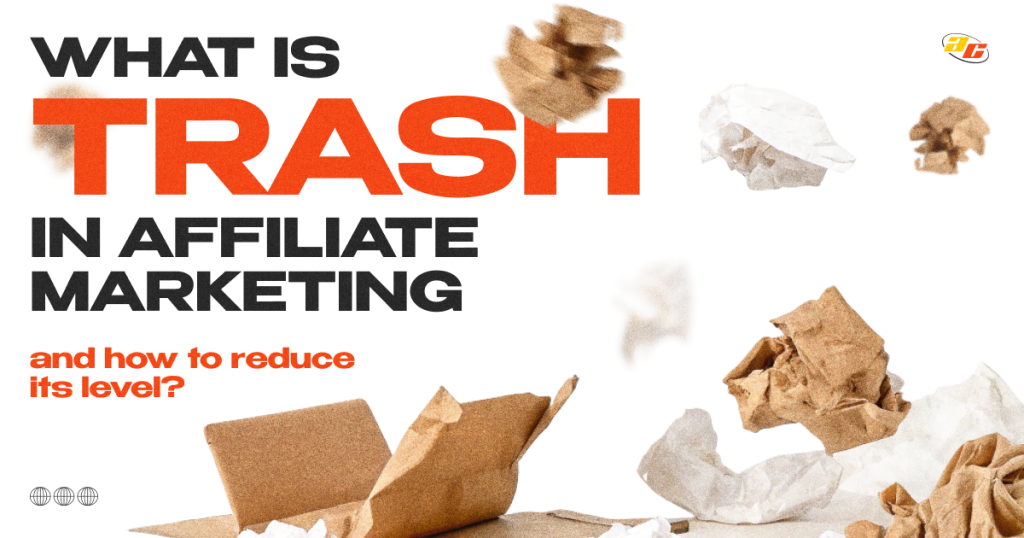-
What is “Trash” in Affiliate Marketing?21.5.2025Reading Time: 3 minutes

In affiliate marketing, “trash” refers to invalid or low-quality leads that don’t generate profit for the affiliate. These leads are not confirmed by the advertiser and don’t get paid out — making them a serious issue for media buyers.
Why does “trash” happen?
In affiliate marketing, especially in the Cash-on-Delivery (COD) model, a lead is only valid once the order is confirmed over the phone. If the call center can’t reach the customer, or the order isn’t confirmed, the lead is marked as trash.
Reasons for trash leads vary — from technical issues to fraudulent or fake behavior from users.
Each advertiser and affiliate program may have their own criteria for what counts as a “trash” lead. What one advertiser flags as trash, another may label as a “reject.” This affects your approval rate stats visually, but the result is the same — you don’t get paid for these leads.
So when analyzing campaign performance, don’t rely on approval rates alone — always consider the broader context.
Main Reasons for Trash
Trash can be grouped into two main categories:
1. Auto-trash
These are leads automatically rejected by the system due to technical reasons. Common causes include:
- Duplicates
- Invalid data
- Leads from restricted GEOs, etc.
2. Manual trash
These are rejected by the call center after speaking with the customer. Typical reasons:
- The customer declines the order
- The lead can’t be confirmed
- Other issues during the call
Since affiliates have limited influence on call center processes, this article focuses on auto-trash — the part you can actually control.
Common Auto-trash Triggers
Duplicate Leads
A major cause of auto-trash. Duplicates happen when the system detects multiple leads from the same user within a short time frame.
Types of duplicates:
- By IP address: multiple leads from the same IP for one offer
- By phone number: repeated submissions using the same number
- Classic duplicates: repeated form submissions within a short period
Each advertiser may define “duplicate” differently — for example, one may consider a lead a duplicate if submitted within an hour, another within 24 hours.
Invalid Data
Fake or incorrect inputs like non-existent phone numbers or made-up names automatically mark a lead as trash.
Non-target GEOs
Leads from regions not covered by the offer will be trashed. This often happens due to misconfigured targeting.
Blacklists
If a lead matches a user in the advertiser’s blacklist (e.g., someone who repeatedly refused orders), it will be auto-rejected. These blacklists update regularly, but specifics vary by advertiser.
Test Leads
Test leads submitted by affiliates are marked accordingly and automatically trashed — they aren’t included in stats.
How to Reduce Trash
- Data validation: Use input masks in your forms to block incorrect entries.
- Duplicate prevention: Add scripts that prevent multiple submissions from the same IP or phone number. Show a message like: “Your request has already been received — our operator will contact you soon.”
- Accurate targeting: Make sure your traffic is directed to relevant regions and audiences.
- Creative testing: Run A/B tests to ensure your ads match the offer and aren’t misleading.
- Source testing: Try different traffic sources. This might raise your lead cost slightly, but reduce the number of trash leads significantly.
Final Thoughts
Trash is an unavoidable part of affiliate marketing — but it’s manageable. Understanding the causes and taking action can help reduce your trash rate, boost your approval rate, and ultimately, increase your profit.




Leave your comment